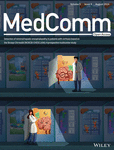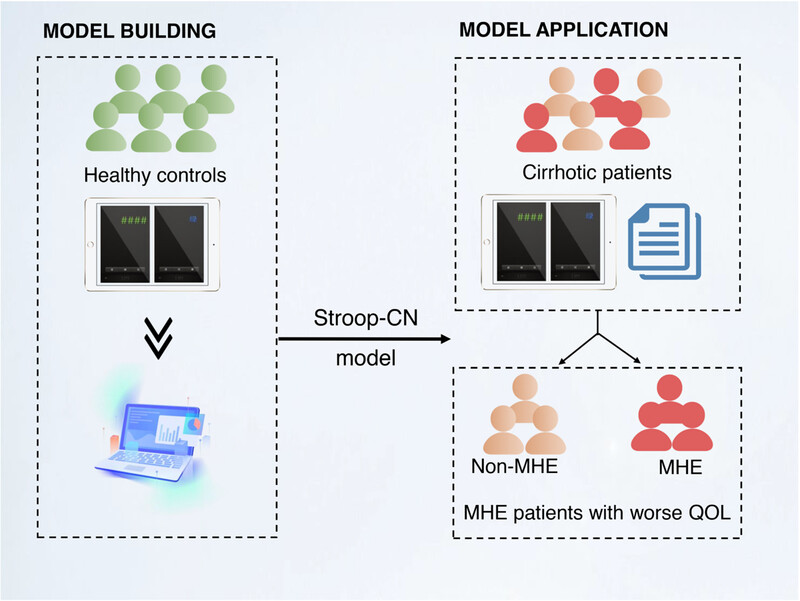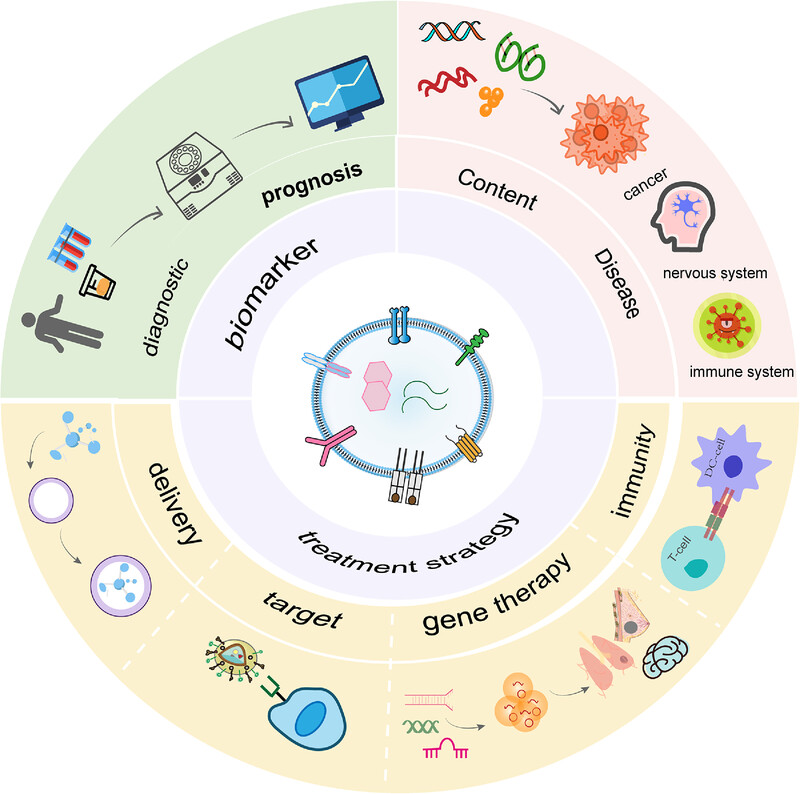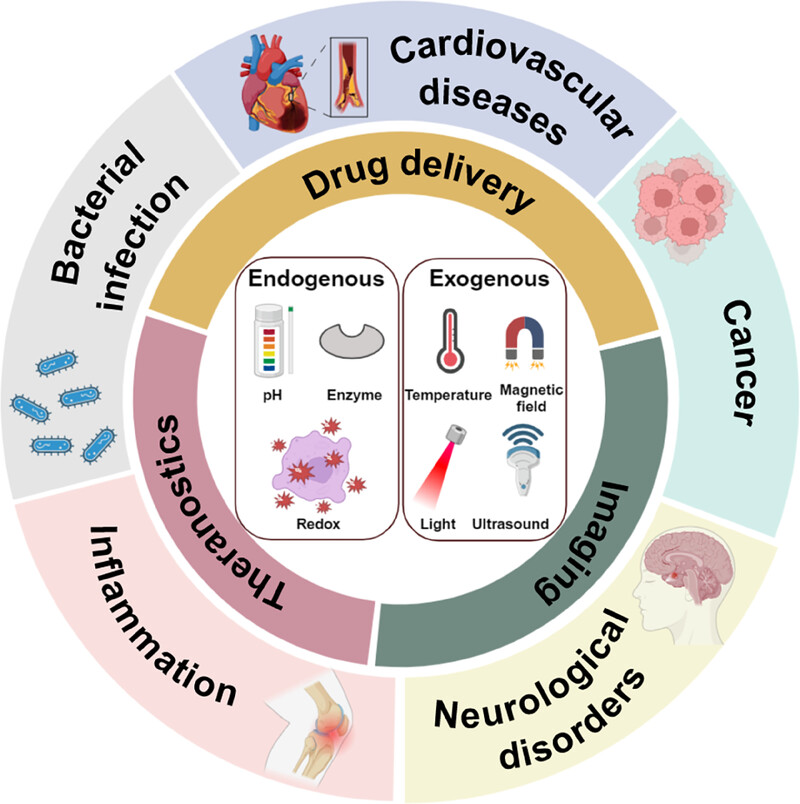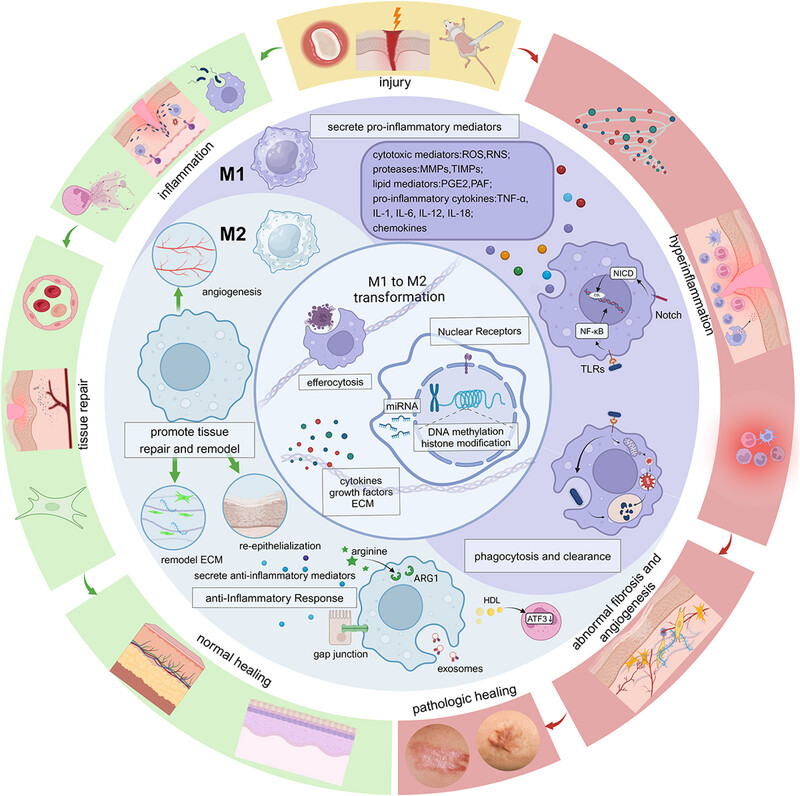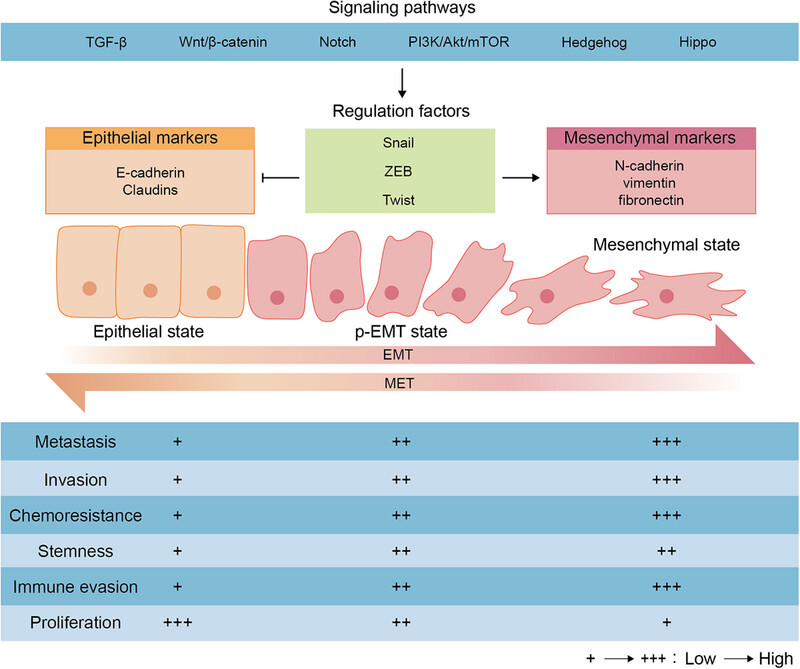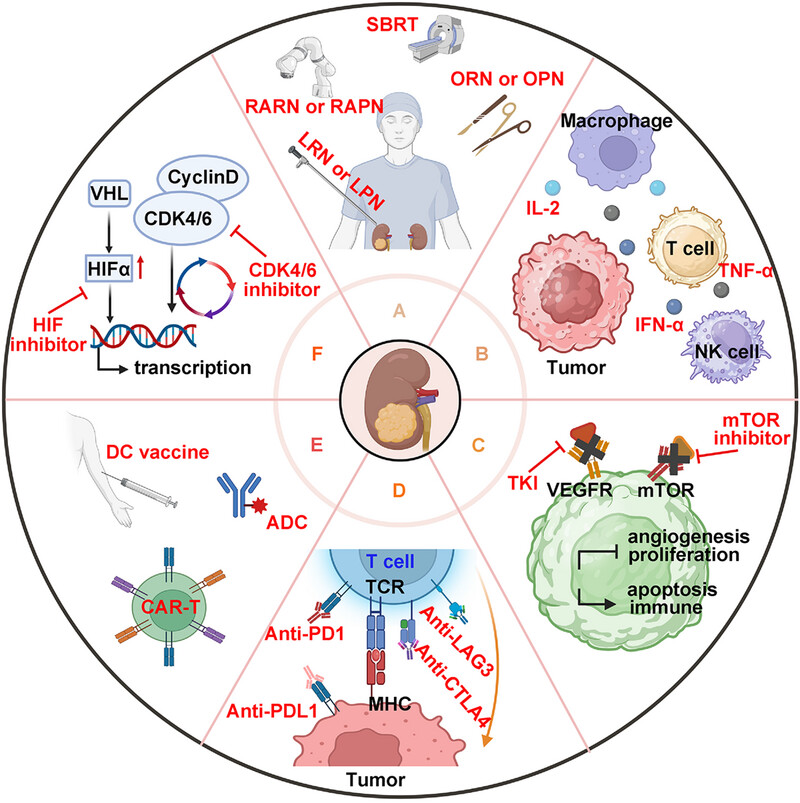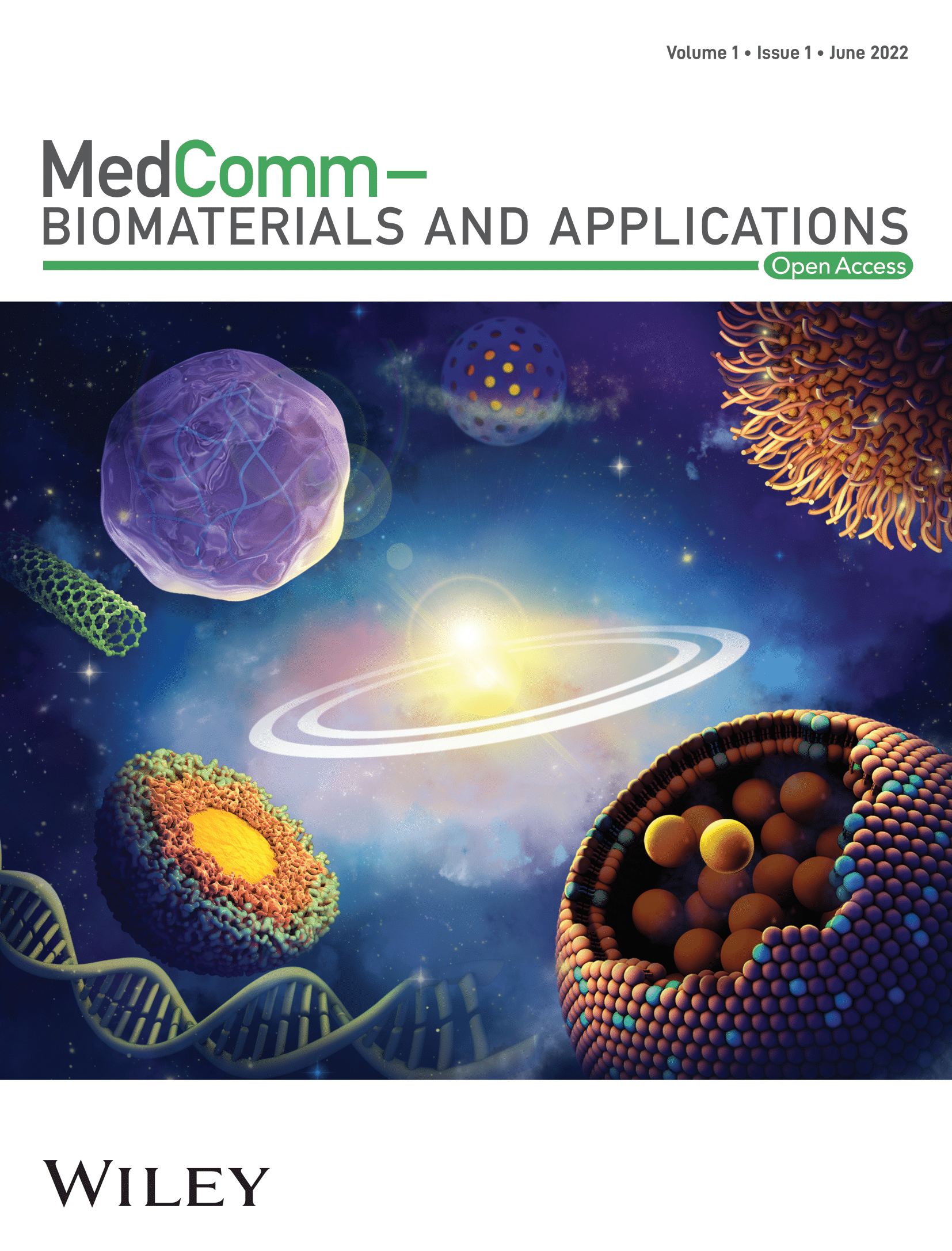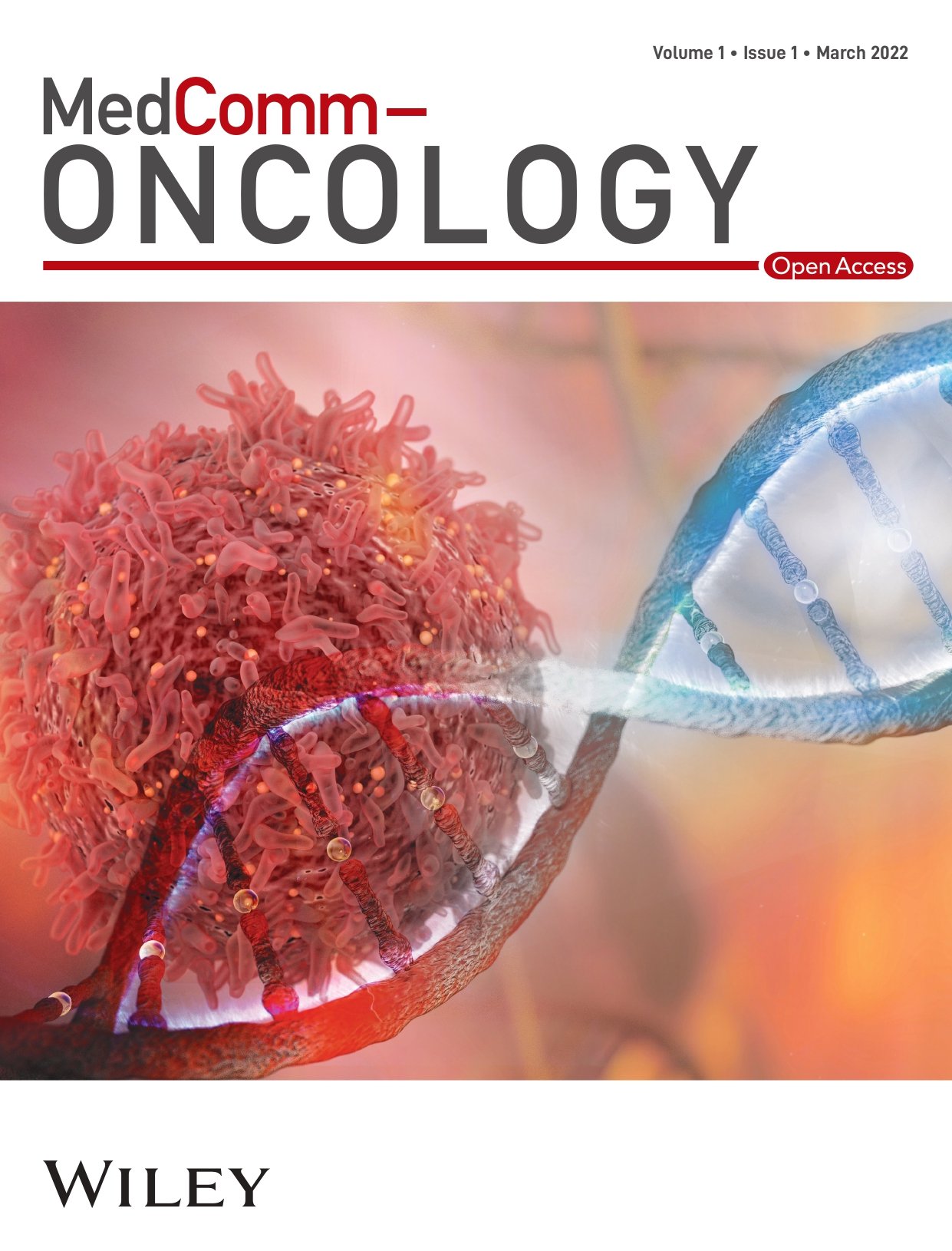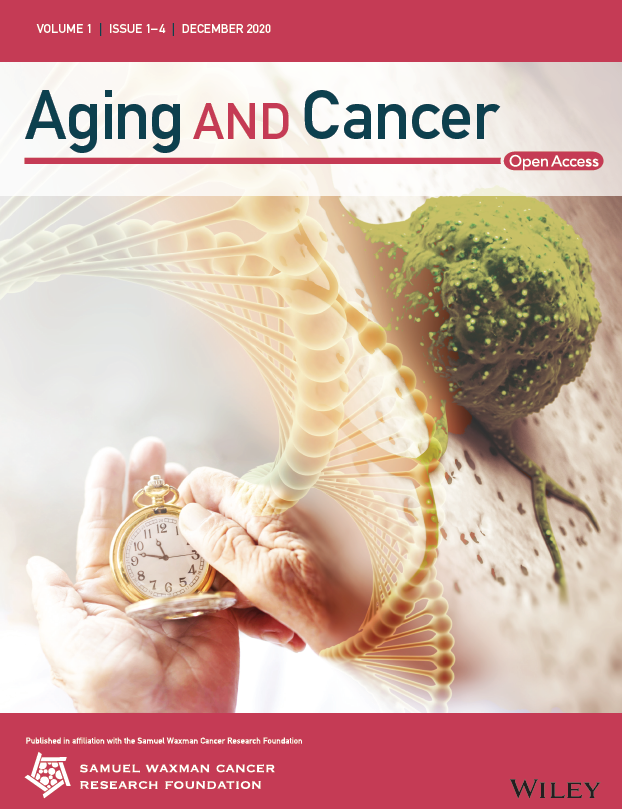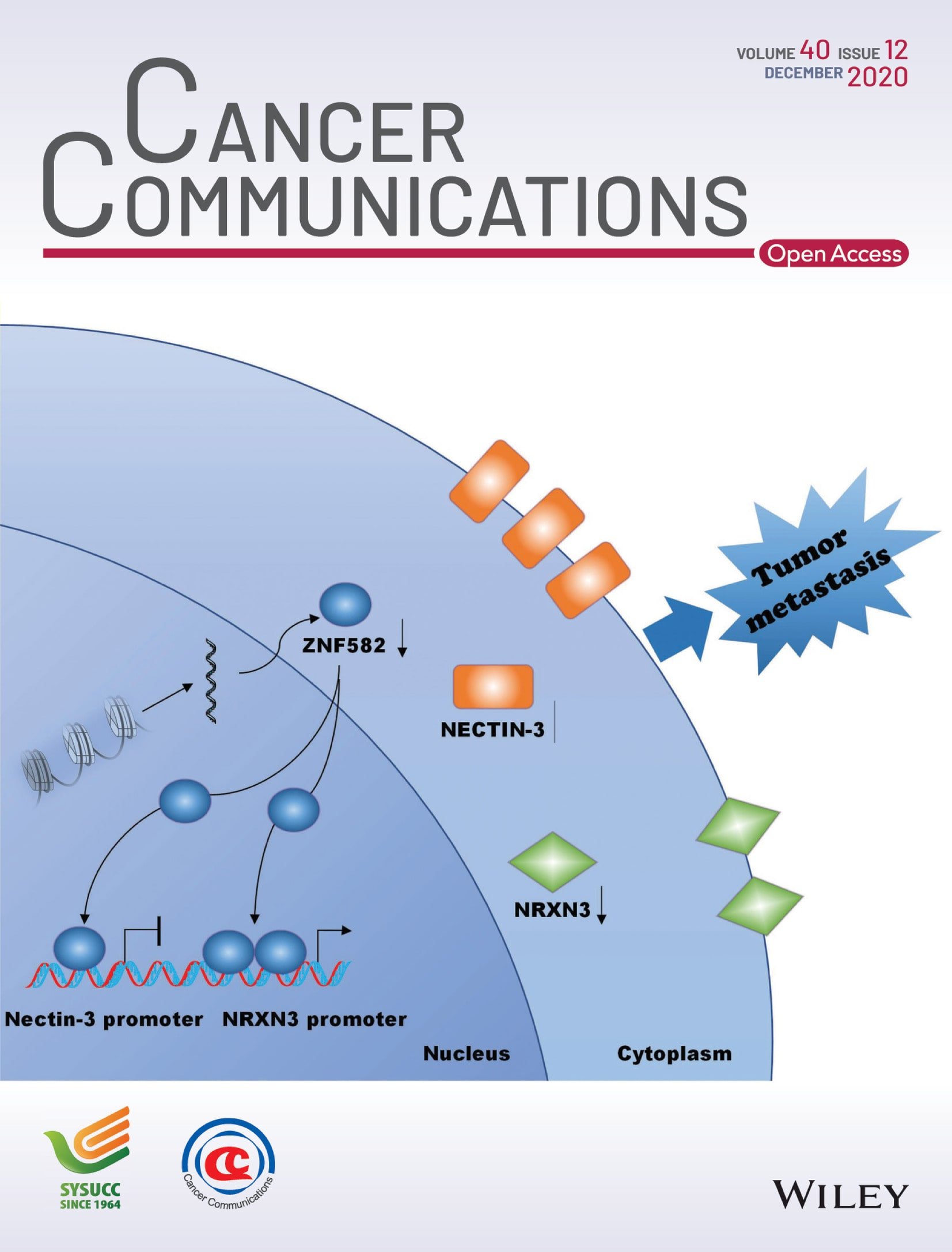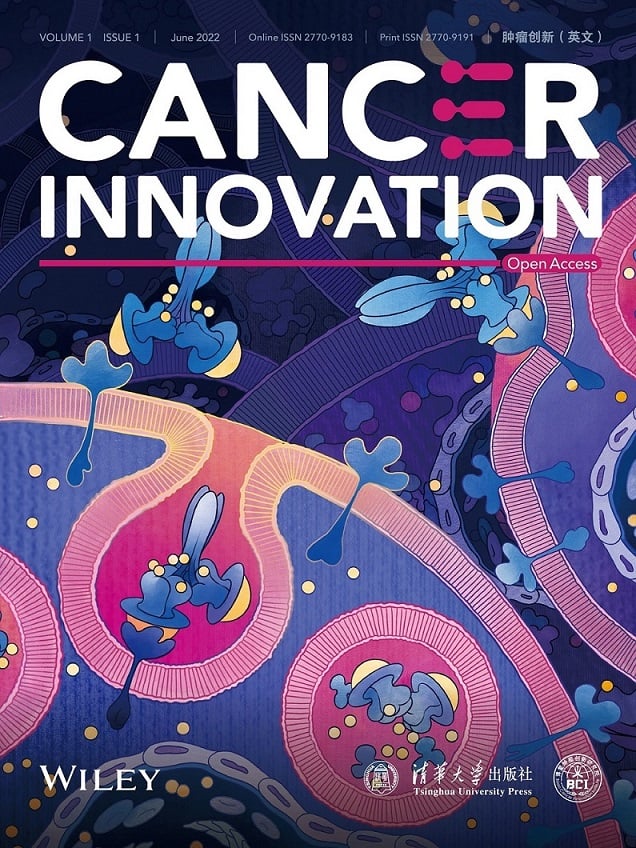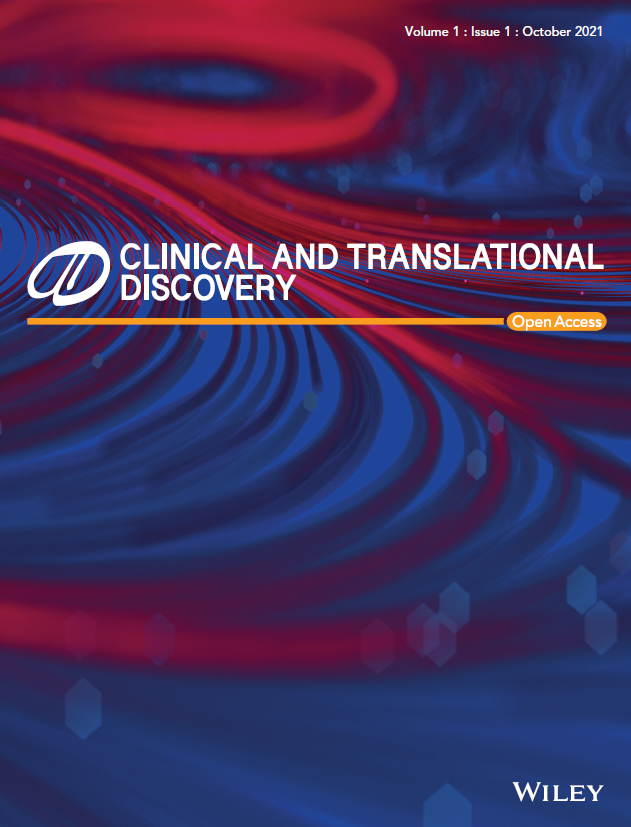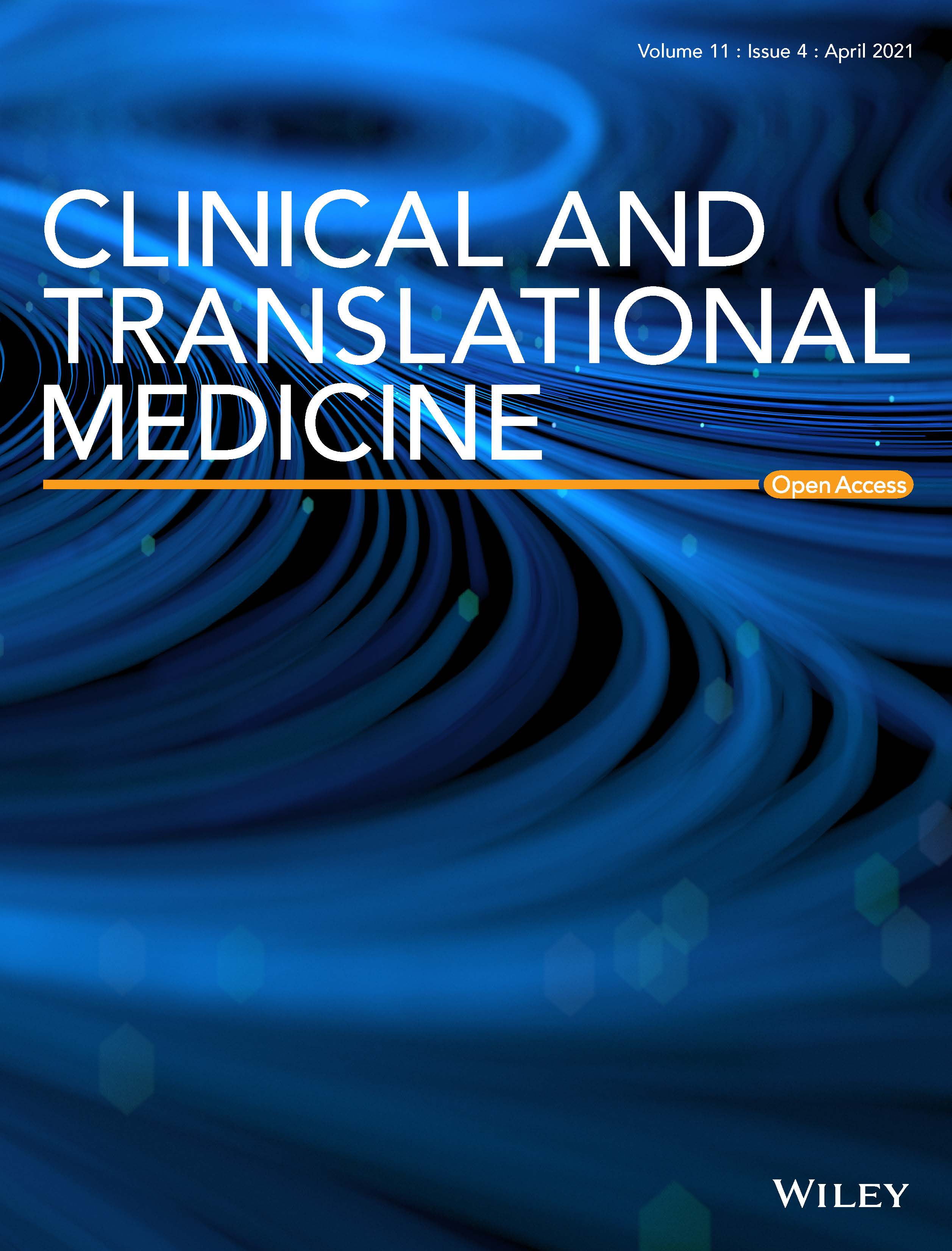Journal list menu
Export Citations
Download PDFs
ISSUE INFORMATION
ORIGINAL ARTICLES
Detection of minimal hepatic encephalopathy in patients with cirrhosis based on the Stroop-CN model (NCRCID-CHESS 2106): a prospective multicenter study
- First Published: 15 July 2024
ORIGINAL ARTICLE
Single-cell atlas of peripheral blood by CyTOF revealed peripheral blood immune cells metabolic alterations and neutrophil changes in intracranial aneurysm rupture
- First Published: 15 July 2024
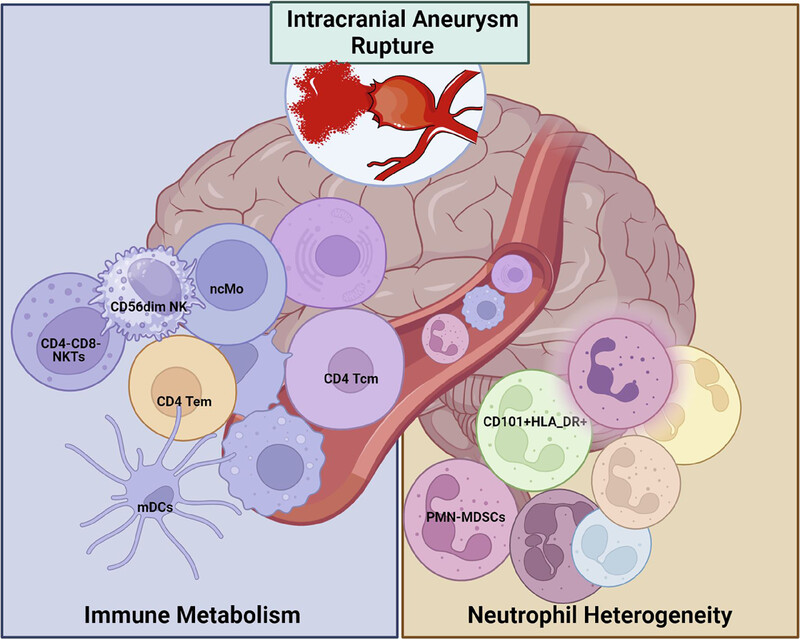
- Immune cell metabolism: Explore the metabolic changes of peripheral immune cells after intracranial aneurysm rupture.
- Neutrophil heterogeneity: To explore the changes in the composition and function of peripheral blood neutrophils after intracranial aneurysm rupture.
- Therapeutic insights: Understanding the mechanism of peripheral immune dysfunction in patients after rupture.
REVIEW
Neutrophil extracellular traps in cancer
- First Published: 15 July 2024
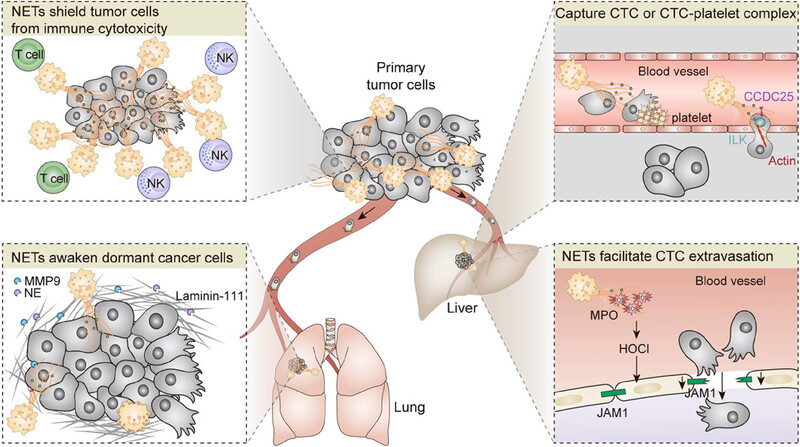
To support primary tumor growth, the formation of NETs triggered by tumor-derived CXCL chemokines (CXCL-1, -2, -5, -6, and -8) shield around tumor cells from T cell- and NK-mediated immune attacks. It is possible that these web-like extracellular structures contribute to the robustness of the tumor, leading to the emergence of resistance to immune checkpoint inhibitors. Once in circulation, NETs capture both CTC and CTC/platelet aggregations directly or indirectly by the CCDC25 receptor–ligand interaction, thus facilitating CTC colonization in distant organs. Along with MPO-HOCl, ROS that produced during NETosis impairs lung endothelial barrier integrity and facilitates tumor extravasation by reprogramming the expression of the tight junction protein JAM 1 in the endothelium. More intriguingly, MMP9 and NE located on the NETs can awaken dormant cancer cells by degradation of laminin-111 within ECM.
Exosome nanovesicles: biomarkers and new strategies for treatment of human diseases
- First Published: 15 July 2024
ORIGINAL ARTICLE
Different depths of food restriction and high-fat diet refeeding in mice impact host obesity and metabolic phenotypes with correlative changes in the gut microbiota
- First Published: 17 July 2024
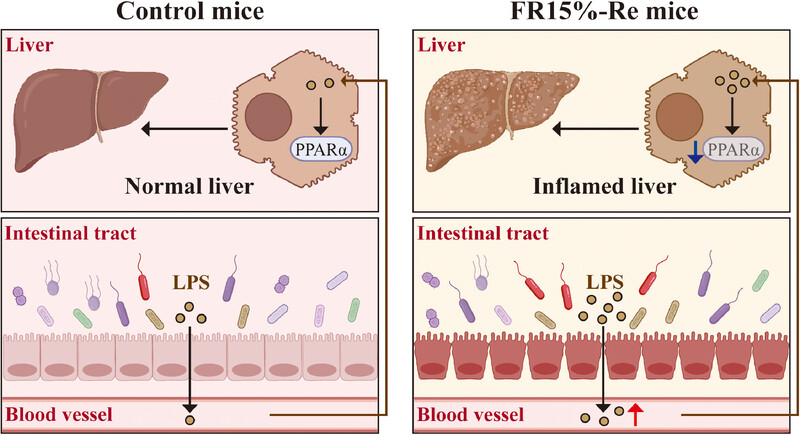
FR15%–Re has long-term negative effects on the host, including abnormal fat accumulation, liver damage, and intestinal inflammation, which are associated with the gut microbiota. ELISA experiments have shown that impaired intestinal barrier function in mice leads to the entry of LPS into the bloodstream and the liver and the downregulation of PPAR-α in the liver.
LETTER
Sag deletion promotes DMBA/TPA-induced skin carcinogenesis via YAP accumulation
- First Published: 17 July 2024
ORIGINAL ARTICLE
Decisive reversal of lethal coronavirus disease 2019 in senescent hamster by synchronic antiviral and immunoregulatory intervention
- First Published: 19 July 2024
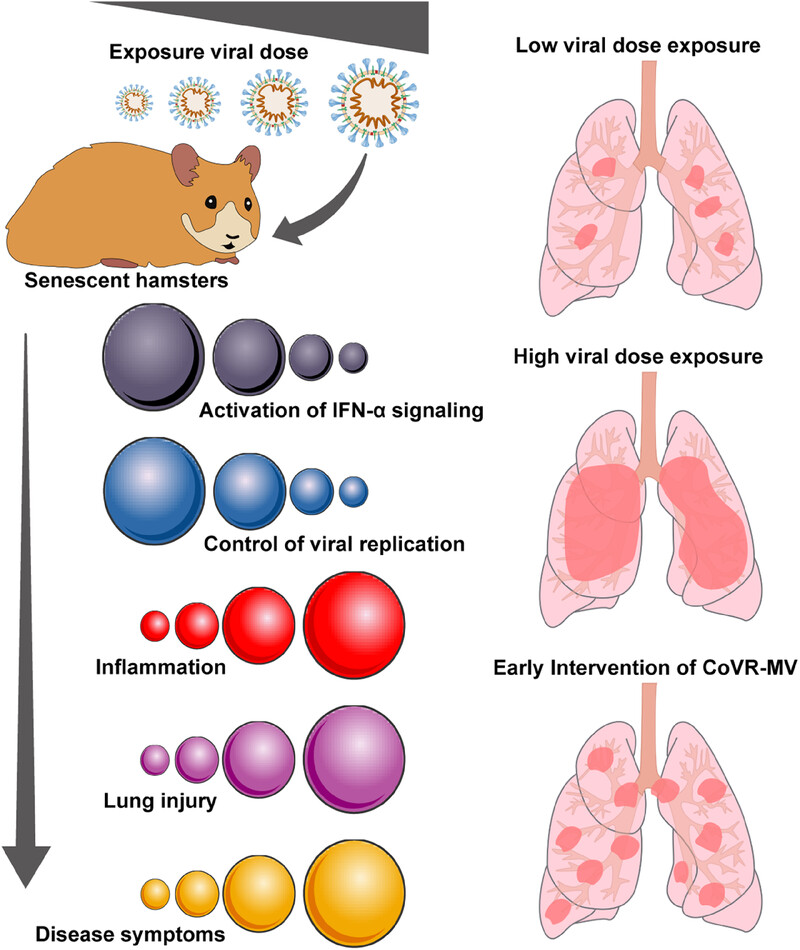
This study reveals the dose-dependent disease outcomes of SARS-CoV-2 Omicron BA.5 exposure in senescent hamster. High-dose BA.5 exposure results in impaired IFN I signaling, cytokine storm, uncontrolled viral replication, severe lung injury, and death. Early intervention of bio-mimic decoy CoVR-MV rescues critical COVID-19 by viral load inhibition and simultaneous reserving the imbalanced innate immune response from inflammatory to antiviral.
Development of a genome atlas for discriminating benign, preinvasive, and invasive lung nodules
- First Published: 19 July 2024
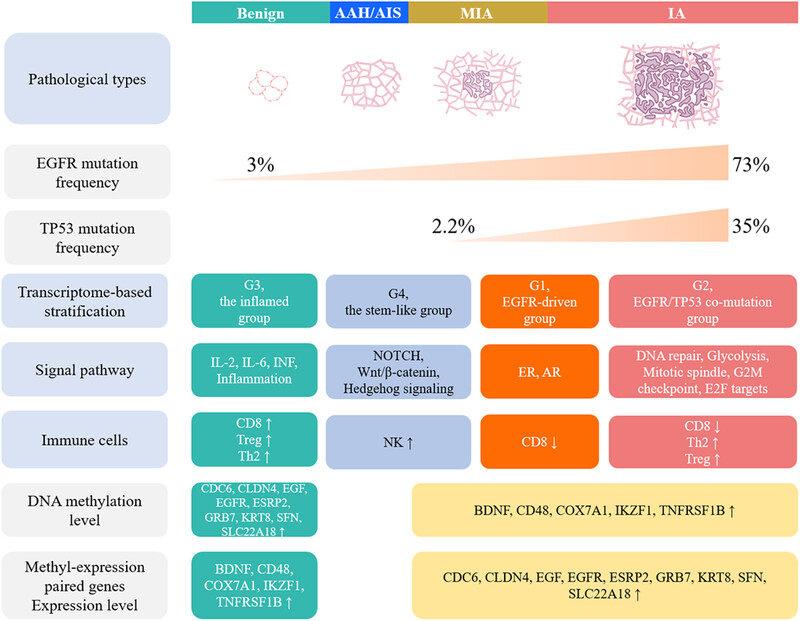
EGFR and TP53 mutations were crucial for early lung cancers development. With EGF/EGFR hypo-methylation accelerating cancer growth by activating EGFR pathway. Transcriptome-based stratification of lung nodules revealed four subtypes (G1-4) related to specific molecular features and immune cell infiltrations. Epigenetic regulation through an array of genes was essential for lung cancer initiation and development.
REVIEW
Biomedical applications of stimuli-responsive nanomaterials
- First Published: 20 July 2024
ORIGINAL ARTICLE
Cancer-associated fibroblast-derived colony-stimulating factor 2 confers acquired osimertinib resistance in lung adenocarcinoma via promoting ribosome biosynthesis
- First Published: 20 July 2024
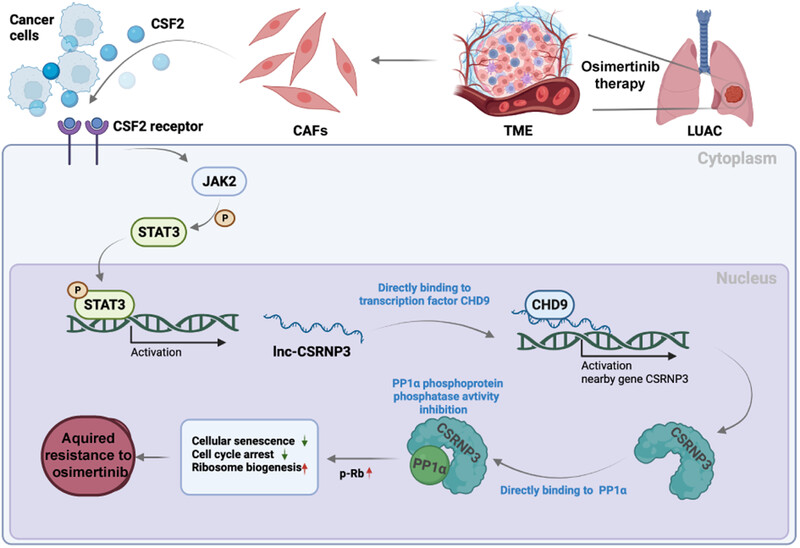
Illustration of CAFOR-derived CSF2 mediating lnc-CSRNP3 activation in LUAD cells to induce osimertinib resistance. CAFOR-derived CSF2 was essential for osimertinib resistance by modulating the JAK2/STAT3/lnc-CSRNP3 axis. Lnc-CSRNP3 directly binds to CHD9, promotes CSRNP3 gene expression, and inhibits the phosphatase activity of PP1α, thereby inducing osimertinib resistance by enhancing ribosome biogenesis.
REVIEW
The gut microbiota–brain axis in neurological disorders
- First Published: 20 July 2024
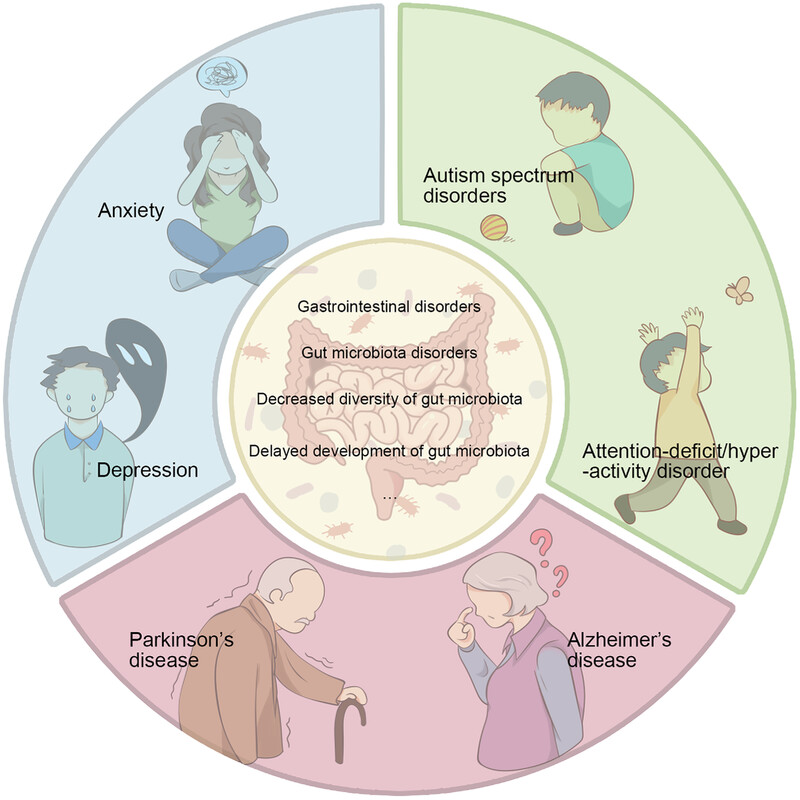
Gut microbiota driving neurological disorders. Gut microbiota may drive neurodevelopmental disorders (ASD and ADHD), neurodegenerative disorders (AD and PD), and mood disorders (anxiety and depression) through gastrointestinal disorders, gut microbiota disorders, decreased diversity of gut microbiota, delayed development of gut microbiota, and so on.
Endothelial dysfunction: molecular mechanisms and clinical implications
- First Published: 22 July 2024
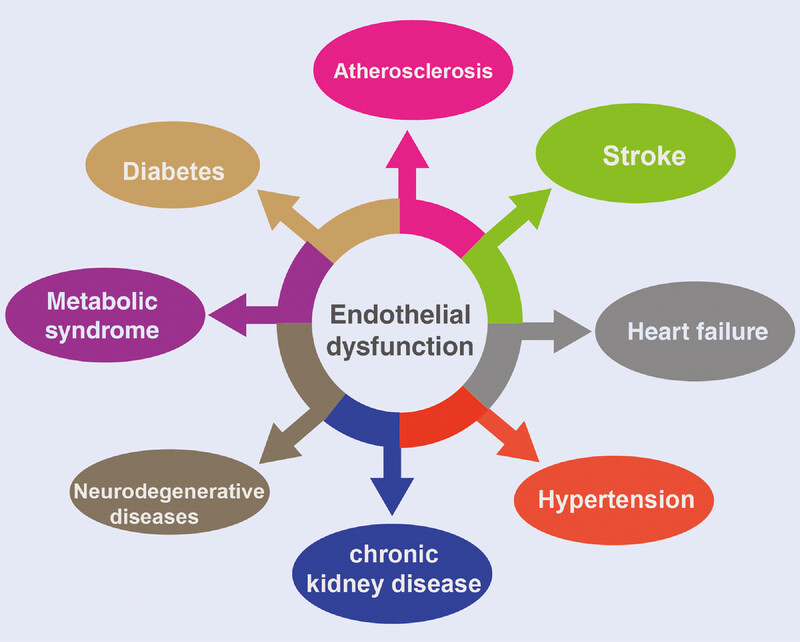
Endothelial dysfunction is commonly linked to various disease states resulting from an imbalance in the production of vasodilators and vasoconstrictors, among other factors. Human diseases associated with endothelial dysfunction include atherosclerosis, diabetes, metabolic syndrome, neurodegenerative diseases, chronic kidney disease, hypertension, heart failure, and stroke.
ORIGINAL ARTICLE
Single-cell RNA sequencing reveals reduced intercellular adhesion molecule crosstalk between activated hepatic stellate cells and neutrophils alleviating liver fibrosis in hepatitis B virus transgenic mice post menstrual blood-derived mesenchymal stem cell transplantation
- First Published: 22 July 2024
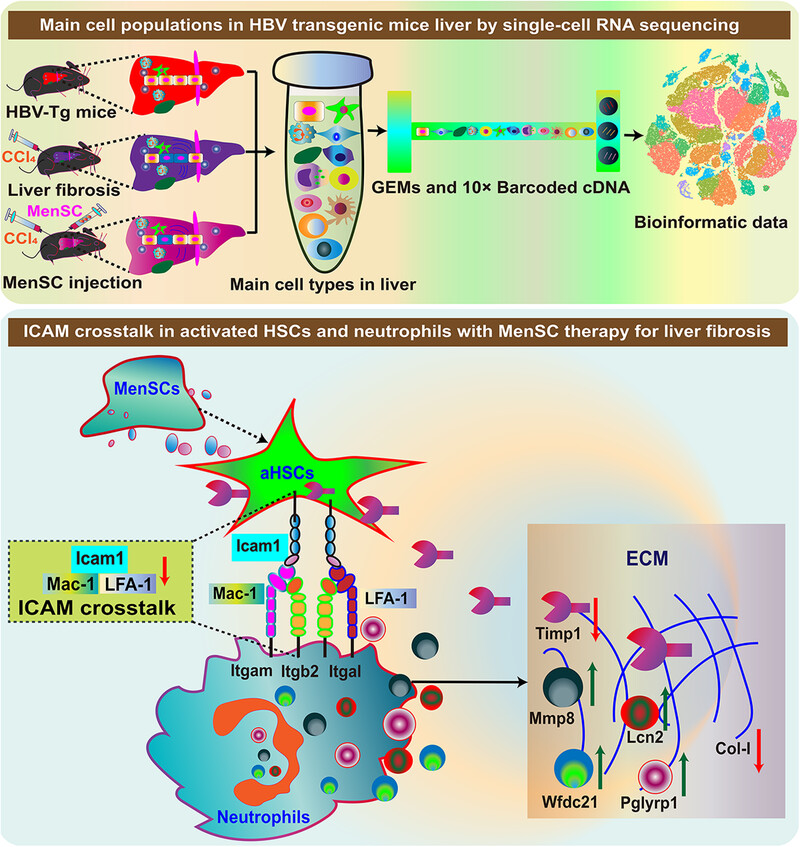
MenSCs improved serological indices in HBV-Tg mouse model of CCl4-induced liver fibrosis. The scRNA-seq identified 12 main cell populations in control, CCl4, and MenSC groups in HBV-Tg mice livers. Reducing ICAM crosstalk between aHSCs and neutrophils is one of the underlying mechanisms. This study highlights interacting target cells and corresponding molecules for MenSCs in treating HBV-associated liver fibrosis.
REVIEW
Regulation of bone homeostasis: signaling pathways and therapeutic targets
- First Published: 24 July 2024
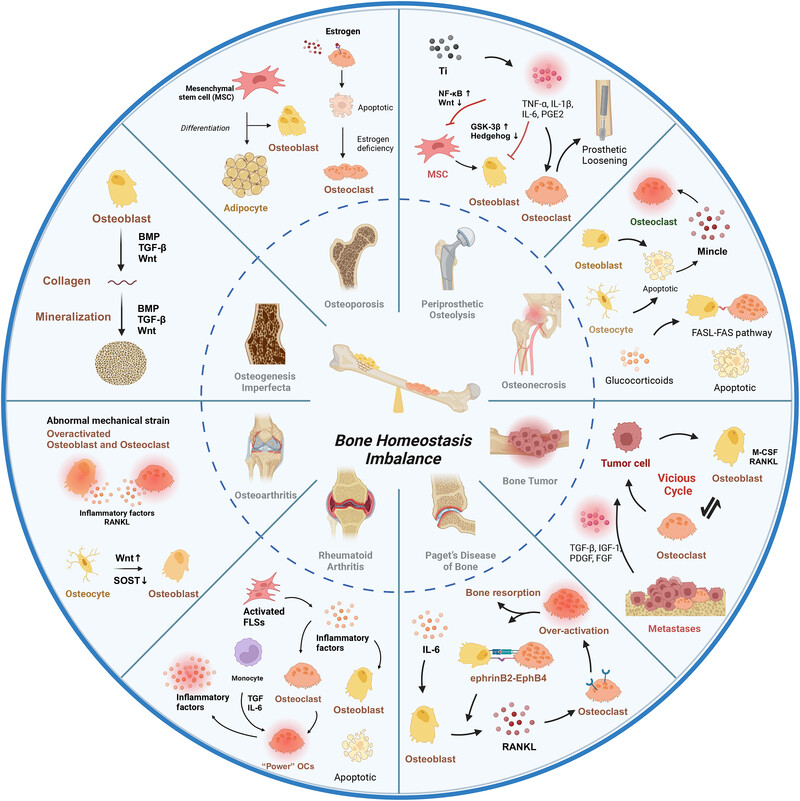
Bone homeostasis is regulated by complex signaling pathways involving osteoblasts, osteoclasts, and osteocytes, which coordinate bone formation and resorption. Disruption of this signaling network can lead to bone diseases. Additionally, the disease-specific microenvironments in various bone conditions can further disrupt the signaling network and exacerbate disease progression. Consequently, targeting key molecules in these pathways offers promising therapeutic strategies for the treatment of skeletal diseases.
The cellular and molecular targets of natural products against metabolic disorders: a translational approach to reach the bedside
- First Published: 24 July 2024
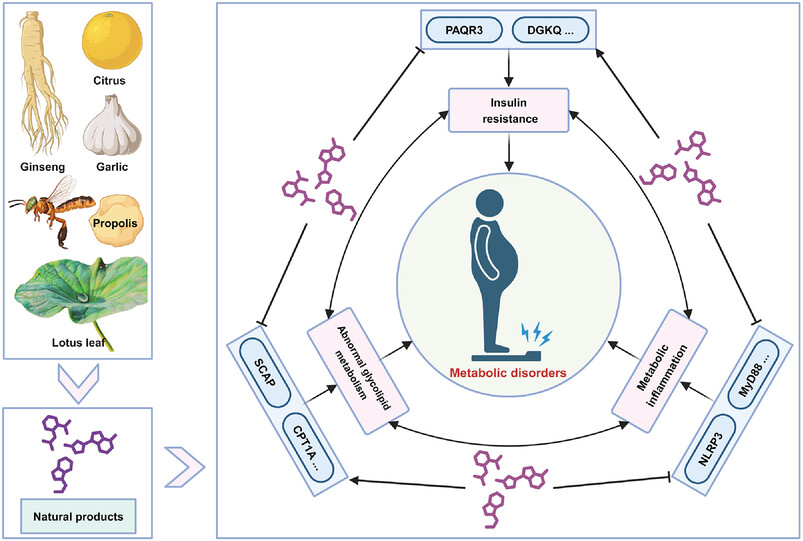
Metabolic disorders seriously endanger the health of human beings. However, there are no approved drugs specific for metabolic disorders. Recently, sever natural products have been demonstrated to alleviate metabolic disorders, and also used as chemical probes to identify their functional targets, which are involved in insulin resistance, glycolipid metabolism, and metabolic inflammation. These developments may facilitate the discovery of natural product-based first-in-class therapeutics against metabolic disorders.
ORIGINAL ARTICLE
Gallium complex K6 inhibits colorectal cancer by increasing ROS levels to induce DNA damage and enhance phosphatase and tensin homolog activity
- First Published: 24 July 2024
REVIEW
The role of mesenchymal stem cells in cancer and prospects for their use in cancer therapeutics
- First Published: 28 July 2024

Malignant tumor cells regulate pathways such as immune response, angiogenesis, and differentiation of cancer-associated fibroblasts within the tumor microenvironment by recruiting mesenchymal stem cells (MSCs), thereby promoting their own survival and further progression. Leveraging the tumor homing properties of MSCs and the extracellular vesicles (EVs) they secrete, engineered MSCs and EVs are being developed to deliver antitumor substances for precise targeted anticancer therapy.
ORIGINAL ARTICLE
Development of potent pan-coronavirus fusion inhibitors with a new design strategy
- First Published: 28 July 2024
REVIEW
Antibody–drug conjugates in cancer therapy: mechanisms and clinical studies
- First Published: 28 July 2024
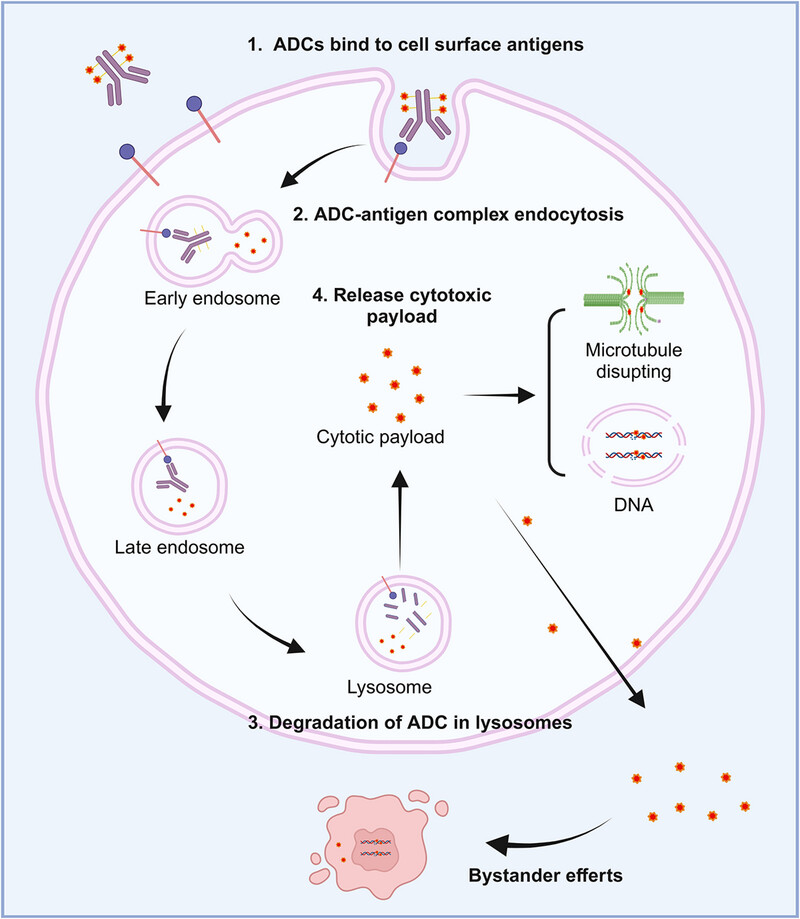
The antibodies of ADCs bind to antigens on the cell surface, forming ADC–antigen complexes. These complexes are subsequently internalized into lysosomes via receptor-mediated endocytosis. Once inside the lysosomes, the ADCs can be degraded by enzymes or the acidic environment, releasing cytotoxic payloads that can disrupt DNA or inhibit microtubule polymerization.
ORIGINAL ARTICLE
Circular RNA-based neoantigen vaccine for hepatocellular carcinoma immunotherapy
- First Published: 29 July 2024

This study developed a novel circRNA-based neoantigen vaccine. In vitro experiments showed that circRNA encoding neoantigens can promote DC activation and enhance DC-induced T-cell activation in vitro, thereby enhancing T-cell killing of tumor cells. The circRNA neoantigen vaccine exhibited potent therapeutic and prophylactic effects in diverse murine tumor models by eliciting a robust T-cell-mediated immune response.
Autophagy-mediated activation of the AIM2 inflammasome enhances M1 polarization of microglia and exacerbates retinal neovascularization
- First Published: 29 July 2024
REVIEW
CRISPR technology in human diseases
- First Published: 29 July 2024
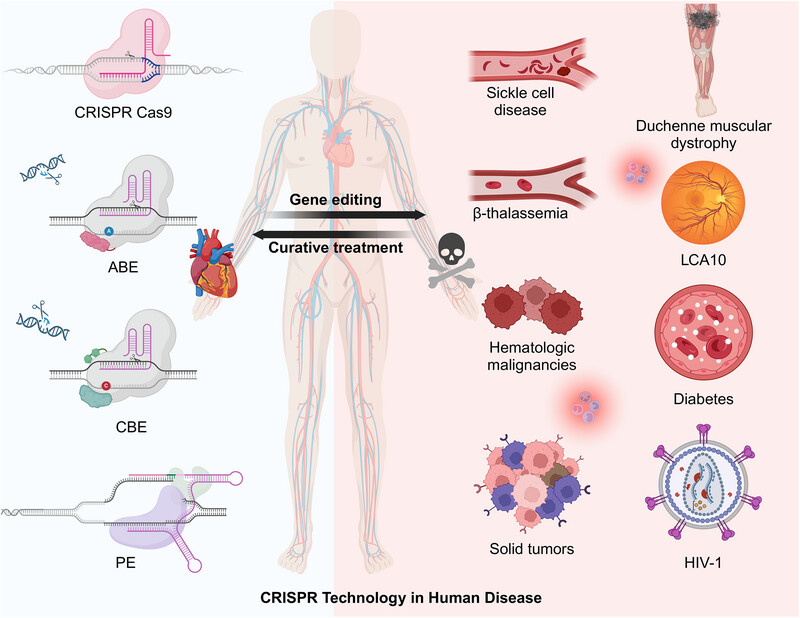
Gene editing is an evolving genetic engineering technology that shows great promise for application in a wide range of human diseases, not only for its therapeutic potential, but also for the construction of animal models of human diseases. This review paper describes the application of gene editing technology in hematological disorders, solid tumors, immune disorders, ophthalmic disorders, and metabolic disorders; highlights the therapeutic strategy of gene editing technology in sickle cell disease; outlines the role of gene editing technology in constructing animal models of human diseases; and discusses the limitations of gene editing technology in the treatment of diseases.
PERSPECTIVE
The rising SARS-CoV-2 JN.1 variant: evolution, infectivity, immune escape, and response strategies
- First Published: 29 July 2024
REVIEW
Macrophage plasticity: signaling pathways, tissue repair, and regeneration
- First Published: 01 August 2024
Epithelial–mesenchymal plasticity in cancer: signaling pathways and therapeutic targets
- First Published: 01 August 2024
Renal cancer: signaling pathways and advances in targeted therapies
- First Published: 01 August 2024
Protein modification in neurodegenerative diseases
- First Published: 04 August 2024
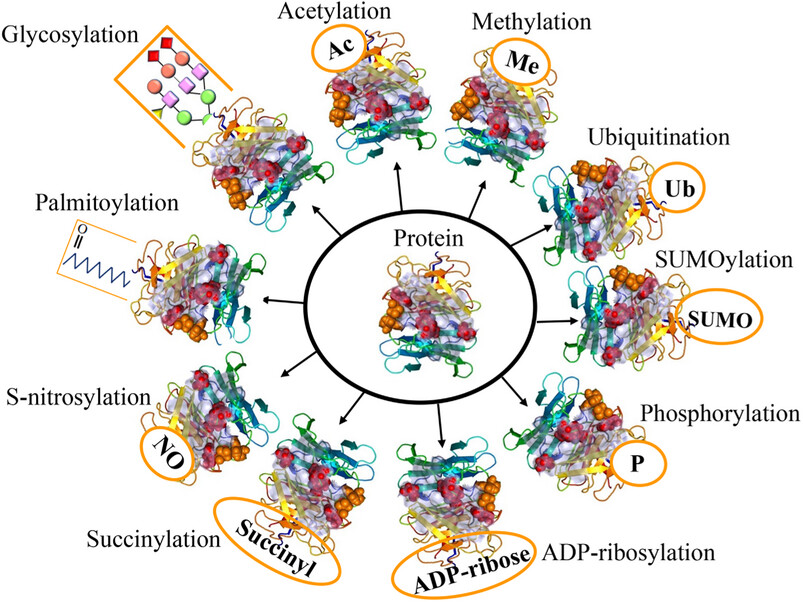
The graphical abstract showcases the diversity of posttranslational modifications (PTMs) influencing protein structure and function. It features schematic representations of the following 10 prominent PTMs: phosphorylation (addition of phosphate groups), acetylation (addition of acetyl groups), methylation (addition of methyl groups), SUMOylation (attachment of SUMO proteins), ubiquitylation (attachment of ubiquitin molecules), succinylation (addition of succinyl groups), S-nitrosylation (attachment of NO), ADP-ribosylation (addition of ADP-ribose groups), glycosylation (addition of sugar molecules), and palmitoylation (attachment of palmitate groups).
ORIGINAL ARTICLE
A clinically used anti-human papilloma virus agent (3-hydroxyphthalic anhydride-modified bovine β-lactoglobulin) has a potential for topical application to prevent sexual transmission of monkeypox virus
- First Published: 04 August 2024
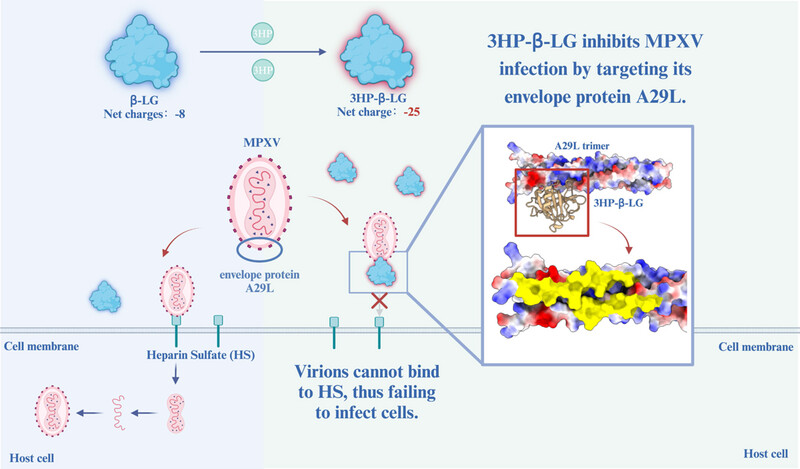
This study has demonstrated that 3-hydroxyphthalic anhydride-modified β-lactoglobulin (3HP-β-LG), a clinically used anti-HPV agent, is effective in inhibiting infection of MPXV, possibly by targeting surface protein A29L of MPXV. Because of its clinically proven safety and stability, 3HP-β-LG shows promise for further development as a prophylactic agent to prevent the sexual transmission of MPXV .
HIGHLIGHT
ORIGINAL ARTICLE
An autoantibody profile identified by human genome-wide protein arrays in rheumatoid arthritis
- First Published: 11 August 2024
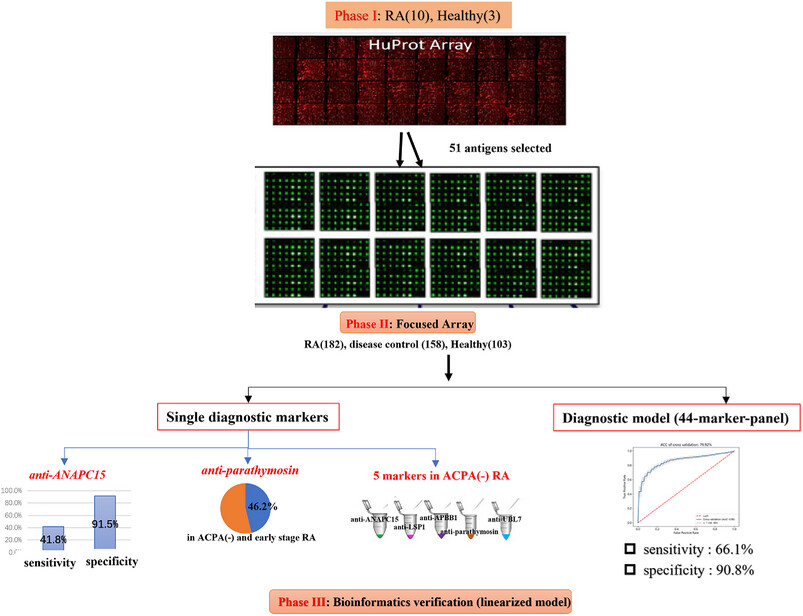
HuProt array is a genome-wide protein array suitable for high throughput unbiased analysis of autoantibodies against the entire human proteome without protein modifications.
We performed RA autoantibody screening in 182 RA patients and 261 controls with HuProt arrays to identify the nonmodified protein antibody profile of RA, especially in ACPA negative patients.
There were five autoantibodies increased in ACPA-negative RA (anti-ANAPC15, anti-LSP1, anti-APBB1, anti-parathymosin, and anti-UBL7). Among them, anti-parathymosin showed the highest prevalence of 46.2% (p = 0.016) in ACPA-negative and early stage (<2years) RA. Prediction model with 44 markers was also constructed with specificity of 90.8%, while the sensitivity is 66.1% (87.8% in ACPA-positive RA patients and 23.8% in ACPA-negative RA).
HIGHLIGHT
Zosurabalpin: a novel tethered macrocyclic peptide antibiotic that kills carbapenem-resistant Acinetobacter baumannii
- First Published: 11 August 2024
ORIGINAL ARTICLE
Ubiquitin-specific protease 22 controls melanoma metastasis and vulnerability to ferroptosis through targeting SIRT1/PTEN/PI3K signaling
- First Published: 12 August 2024
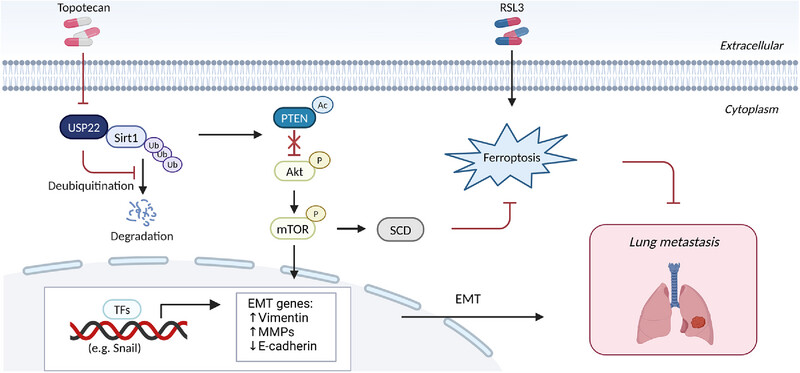
Ubiquitin-specific protease 22 (USP22) stabilizes SIRT1 and activates the PI3K/Akt/mTOR pathway through enhancing SIRT1-mediated PTEN deacetylation, thereby promoting melanoma metastasis both in vitro and in vivo. Pharmacological or genetic inhibition of USP22 sensitizes ferroptosis by suppressing the PI3K/Akt/mTOR pathway and its downstream target SCD. Furthermore, our study identified topotecan as a clinical USP22-targeting drug capable of effectively suppressing melanoma metastasis in vivo.
Low-dose ionizing radiation-induced RET/PTC1 rearrangement via the non-homologous end joining pathway to drive thyroid cancer
- First Published: 12 August 2024

We found that low-dose IR can induce RET/PTC1 rearrangement in N-thy-ori-3-1 cell and there is a dose-dependent manner between dose and rearrangement rate. We showed that this progress of IR-induced RET/PTC1 rearrangement requires NHEJ and not HR. Moreover, DNA-PKcs inhibition decreased the repair efficiency of NHEJ. Importantly, the RET/PTC1 rearrangement induced by IR was significantly decreased by DNA-PKcs.
REVIEW
Immunoglobulin class-switch recombination: Mechanism, regulation, and related diseases
- First Published: 13 August 2024

CSR switches IgM to other immunoglobulins. Following immune response or infection within the body, activation of T cell-dependent and T cell-independent antigens triggers the activation of AID, initiating the CSR process. CSR has the capacity to modify the functional properties of antibodies, thereby contributing to the adaptive immune response in the organism.




